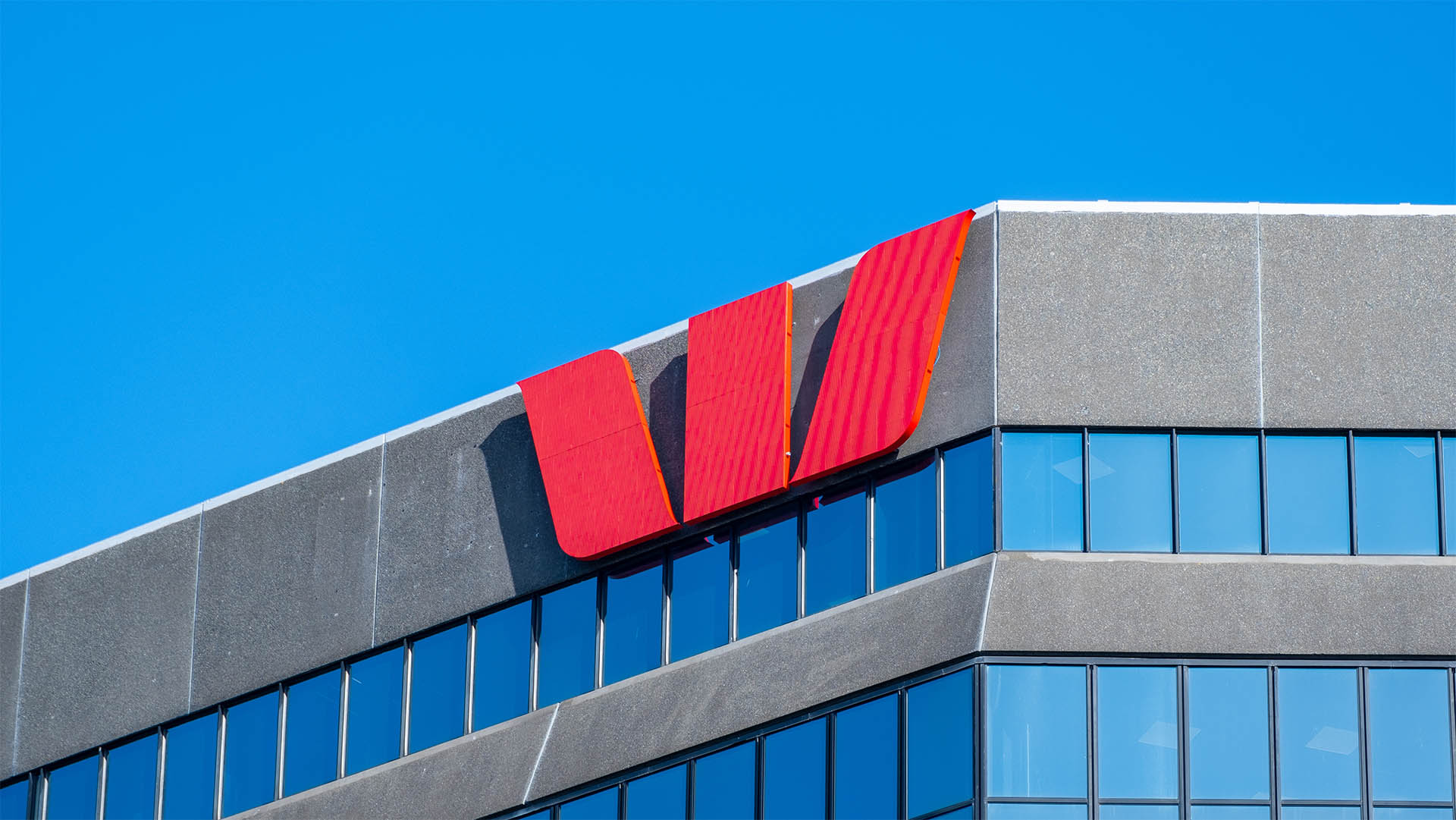
Reserve Bank Governor, Glenn Stevens yesterday appeared before a Senate Committee examining the Government’s stimulus package and told us little new that he hasn’t said publicly since his appearance before the House of Reps Economics Committee six weeks or so ago.
And yet media reports went the rate rise looms line and suggested (‘hinted" was a word used on ABC Radio), that the stimulus might be eased earlier.
Far from it, because there was no need to hint: he pointed out that the fiscal side of the stimulus was already being withdrawn.
To withdraw the monetary stimulus would mean putting rates up; he made sure everyone understood yesterday that rates will rise, when the bank sees the economy is ready.
But the fact that the RBA has been poised now for two months and it hasn’t pushed up rates should tell us something: rates are not going up yet, especially next week at the October board meeting.
But you have to wonder if anyone on the Senate Committee he was appearing before really understood what he was talking about.
Mr Stevens has tried hard to point out to anyone who will listen that rates will rise because the economy seems to be returning to normal levels of activity (but still slack in some areas) with demand and investment starting to rebuild as confidence re-emerges and expansion plans are dusted off.
He again reminded the committee that the economy has missed a nasty slump and rates need to rise to reflect the growth pressures re-emerging.
But some people want us to believe that the current near record lows for the RBA’s cash rate of 3% are somehow the ‘new normal’ of economic and monetary policy, instead of being abnormal because they were cut savagely to accommodate what looked to be a terrible fall in activity late last year and then in the early months of this year
But there was also a very clear message for the federal government from the Governor’s statement and answers and those on the committee might have more success in probing in this area.
The Governor explained, again for those on the committee unable to comprehend, that the fiscal stimulus (the cash payments) has peaked and is already winding down (and drops further from Thursday with the winding back of the first home buyers and first home owner builders grants).
"In due course, both fiscal and monetary support will need to be unwound as private demand increases. In the case of the fiscal measures, this was built into their design.
"The peak effect of these measures on the rate of growth of demand has probably already passed. The extent of support will tend to tail off further over the next year.
"In the case of monetary policy, the Bank has already signalled that interest rates can be expected, at some point, to move off their current unusually low levels, as recovery proceeds.
"These adjustments back towards more normal settings for both types of macroeconomic policy are what should be expected during the recovery phase of a business cycle. Our most recently released set of forecasts assumes they occur.
"Such an outcome would mean that fiscal and monetary policy would be acting broadly consistently, as they did when they were moved in the expansionary direction when the economy was slowing."
The important word here is "normal", or the phrase "normal settings". But, Mr Stevens reminded the Rudd Government of some unpleasant realities awaiting them in coming months; the need to cut spending and be controlled about what they do, and the need for some tough decision making, AKA "policy discipline".
The 2010 budget will be tough for one going into an election campaign.
"In both cases a degree of policy discipline will be needed. Policy frameworks will be valuable in enforcing that discipline," he said in his opening remarks.
"On the fiscal side, the forward estimates provide an indication of the restraint needed to move the budget back towards balance and eventual surplus over time, as required by the Government’s medium term fiscal commitment.
"On the monetary side, the inflation targeting framework the Reserve Bank has been following for a decade and a half will guide adjustments to interest rates.
These will be timely and ahead of a build-up of imbalances that would occur if interest rates were kept low for too long.
"These frameworks will, in other words, prompt the needed adjustments.
"It was the preparedness to make those adjustments in the past, guided by these very frameworks, that contained the build-up of imbalances in the upswing and which in turn earned us the scope to take bold measures to support demand when a recession loomed."
That means the central bank won’t hesitate to lift rates, as it didn’t in the 2007 federal election campaign, much to the continuing annoyance of the federal opposition.
It’s clear from these comments that the RBA won’t hesitate if it sees "a build up of imbalances".
This is not a matter of ‘leaning into the wind’ to try and prick asset bubbles before they develop, it simply means acting early to make sure that inflationary pressures do not erupt and strangle the economy.
Mr Stevens has already signalled that he and the bank are saying the housing sector for the first signs of bottlenecks, wage surges and asset price rises from too much demand chasing too few houses.
The Rudd Government has been warned.
Healthy economies see interest rates rising and the unhealthy economies like Europe’s Japan’s and America’s, see rates at 0% to 0.25% for an "exceptionally" long period of time, to quote the Fed chairman, Ben Bernanke because the economy is very, very weak.












